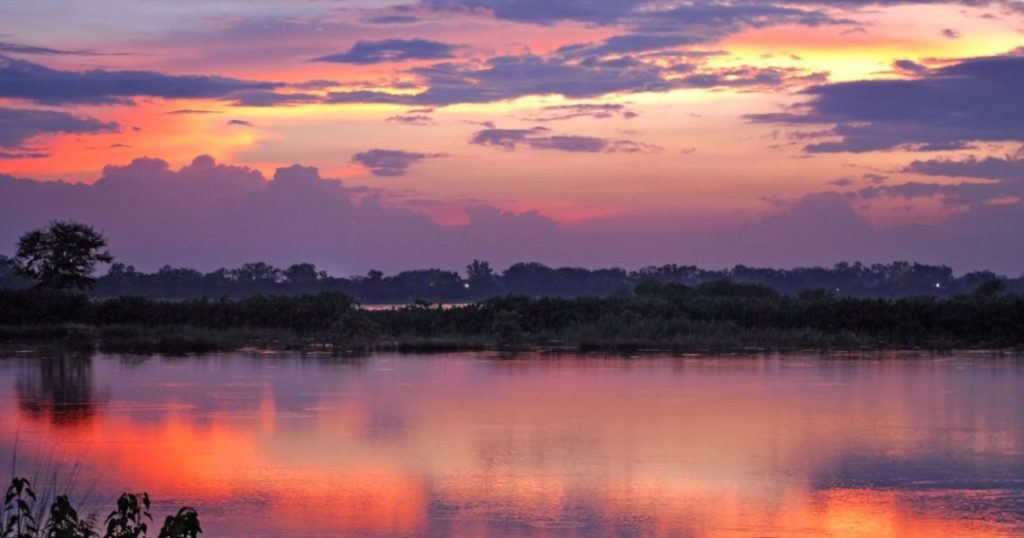
Chandigarh: Chandigarh’s beloved Sukhna Wetland is moving closer to gaining Ramsar status, a prestigious recognition under the international treaty for the conservation and sustainable use of wetlands. If granted, it would be the city’s first site to receive this honor.
Stretching over three square kilometers at the foothills of the Shivalik Hills, Sukhna Wetland has long been a haven for migratory birds, fish, and a variety of plant life. Beyond its natural beauty, the wetland plays a critical role in the city’s environment, acting as a natural reservoir and helping maintain local biodiversity.
Officials say this recognition is part of broader efforts across India to protect and restore wetlands. “This is a historic moment for Chandigarh,” said a senior environmental official. “Sukhna Wetland is not just a place for residents to relax and enjoy nature, it’s a vital ecological resource. Ramsar status will help us strengthen conservation measures and make more people aware of its importance.”
Local authorities and environmental groups have been actively working to preserve the wetland. Measures like desilting, limiting construction around its edges, and regulating activities that could harm the ecosystem have helped improve water quality and protect habitats for the many migratory birds that visit each year.
Environmentalists say that Ramsar recognition would also put Chandigarh on the global map for sustainable urban development and conservation. “It shows how cities can balance development with nature when ecological conservation is taken seriously,” said a conservation expert.
Once officially designated, Sukhna Wetland will join India’s growing list of Ramsar sites, highlighting the country’s rich natural heritage and ongoing efforts to protect it for future generations.


